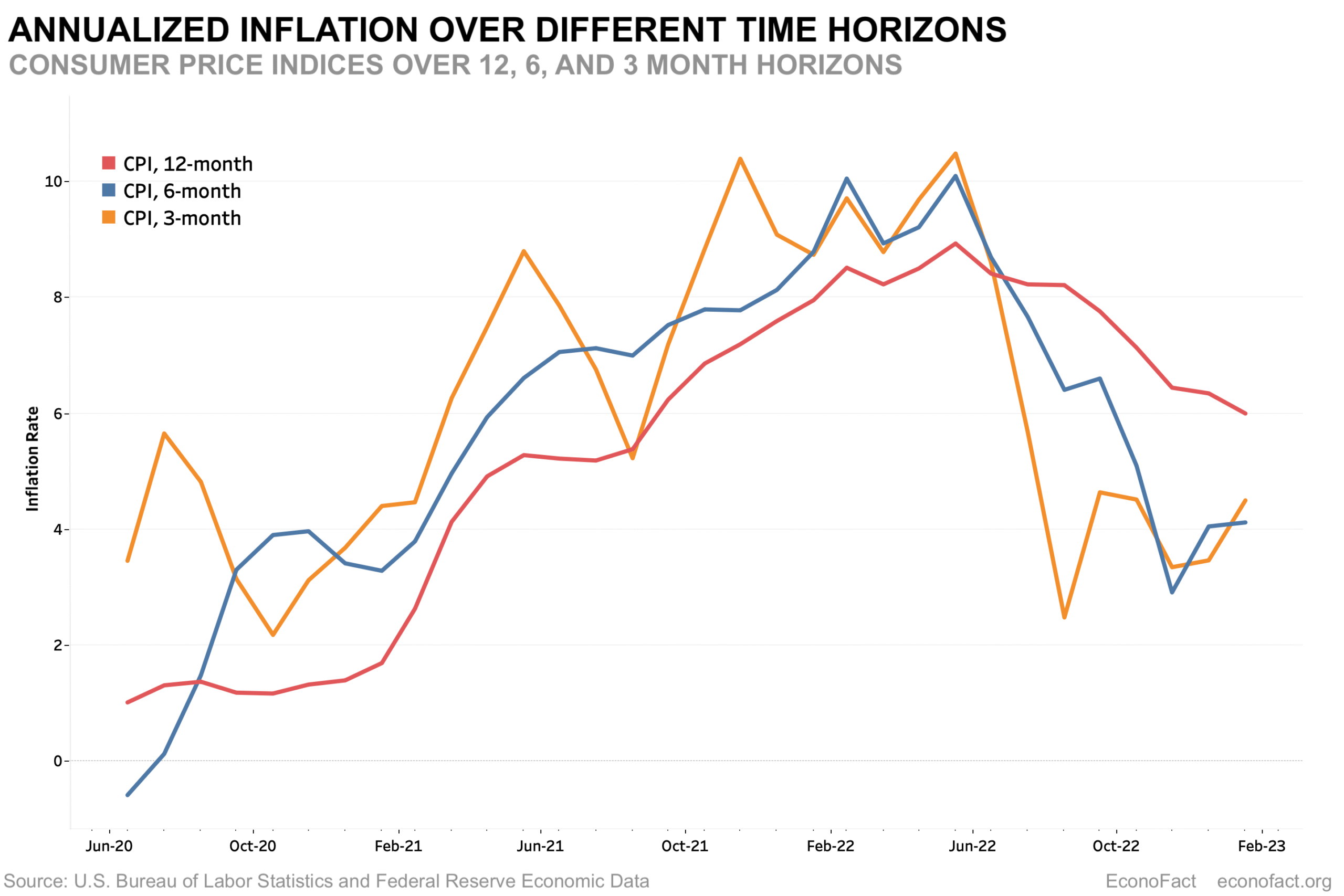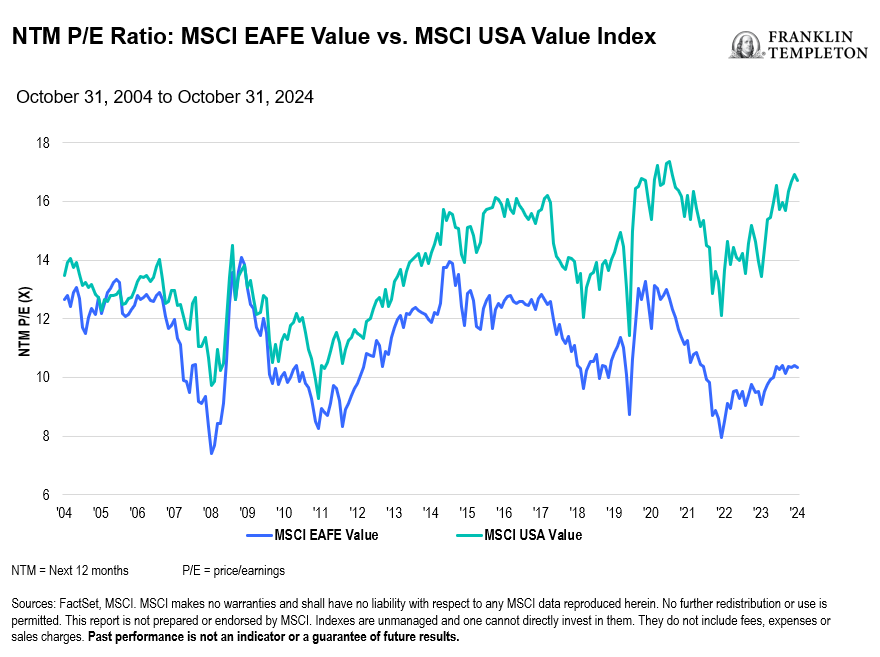The Federal Reserve, often called the Fed, sits at the center of U.S. monetary policy. Its decisions on interest rates ripple through the economy, shaping everything from mortgage costs to corporate borrowing, stock market behavior, and global trade flows. Over the past few years, the Fed has been in a battle against stubborn inflation, raising interest rates aggressively to cool down the economy.
But the question that is now front and center in 2025: What happens if the Fed holds rates higher for longer? This scenario carries wide-reaching consequences, some beneficial and others painful. To understand this, we need to break down how high rates affect different aspects of the U.S. economy and beyond.
The Fed’s “Higher for Longer” Strategy
When inflation surged post-pandemic due to supply chain shocks, government stimulus, and strong consumer spending, the Federal Reserve responded by raising the federal funds rate—the benchmark rate that influences short-term borrowing costs. The goal was to cool spending and slow inflation back toward the Fed’s 2% target.
As of 2025, inflation has moderated but not fully retreated to target levels. That’s why Fed officials are signaling that rates may remain high longer than many expected. A “higher for longer” stance essentially means the central bank will keep borrowing costs elevated, even if inflation is easing, to ensure it doesn’t make a comeback.
Impact on Borrowers and Households
The most immediate effect of high interest rates is felt by everyday Americans who rely on credit.
- Mortgages: Mortgage rates remain above 7%, pricing many first-time buyers out of the housing market. Existing homeowners with low fixed-rate mortgages are staying put, leading to a frozen housing market with limited inventory.
- Credit Cards & Loans: Credit card interest rates above 20% have made carrying balances extremely expensive. Auto loans and personal loans have also become harder to manage for middle-class families.
- Household Budgets: High borrowing costs push families to reduce discretionary spending. This means less money spent on dining out, travel, or luxury items, leading to a slowdown in consumer-driven sectors of the economy.
The longer rates remain high, the greater the strain on households living paycheck to paycheck, widening inequality between those with wealth (who benefit from higher savings yields) and those relying on debt.
Impact on Businesses
American businesses also feel the weight of prolonged high interest rates.
- Borrowing Costs: Companies that depend on loans to expand or refinance debt face steeper costs. This hits small businesses particularly hard, as they often rely on bank loans and credit lines.
- Corporate Investment: High borrowing costs discourage companies from making big investments in factories, technology, or research. Expansion plans are put on hold.
- Hiring & Wages: Businesses under pressure reduce hiring or slow wage growth, potentially cooling the labor market.
Sectors like real estate, construction, and technology—which thrive on easy access to capital—are most vulnerable in a “higher for longer” environment.
Housing Market Freeze
Few sectors illustrate the effects of high rates more vividly than housing. Elevated mortgage rates discourage both buyers and sellers. Homeowners with low locked-in rates are reluctant to sell and take on new, higher mortgages. As a result, housing supply shrinks while affordability remains weak.
If the Fed holds rates high for too long, the housing market risks stagnation, with fewer transactions, slowing construction, and reduced property tax revenues for local governments. That said, rents may stabilize as fewer people can afford to buy, keeping demand for rentals steady.

Stock Market Volatility
Financial markets thrive on low interest rates, which encourage risk-taking. When rates stay high, the stock market faces headwinds.
- Valuations: Investors demand higher returns to justify stock prices, which pushes down valuations.
- Sectors at Risk: Growth stocks, especially tech companies reliant on borrowing, tend to suffer the most.
- Safe Havens: High rates make bonds and savings accounts more attractive relative to stocks, leading to capital outflows from equities.
On the other hand, financial institutions like banks benefit from higher lending margins, making them potential winners in this environment.
Labor Market Effects
So far, the U.S. labor market has remained remarkably resilient despite higher rates. Unemployment is still relatively low, though cracks are beginning to show.
If rates stay elevated, employers may cut back on hiring, particularly in rate-sensitive industries like construction and tech. Wage growth, which has been strong in recent years, could also slow as companies face tighter budgets. A prolonged slowdown could tip the labor market into weakness, raising unemployment levels over time.
Global Implications
The Fed’s interest rate decisions don’t just affect America—they shape the global economy. A higher-for-longer stance strengthens the U.S. dollar, as global investors seek higher yields in American assets. While this benefits U.S. importers by making foreign goods cheaper, it creates challenges abroad.
Emerging markets that borrow in dollars struggle with higher debt repayments, and U.S. exports become more expensive, hurting American manufacturers that sell abroad. The ripple effect can lead to financial instability in weaker economies.
Benefits of Higher Rates
While many impacts are negative, it’s important to note some potential benefits.
- Taming Inflation: The longer rates remain high, the lower the risk of inflation roaring back. Stable prices ultimately benefit the economy in the long term.
- Encouraging Savings: Savers benefit from higher yields on savings accounts, certificates of deposit (CDs), and bonds. Retirees depending on fixed income gain purchasing power.
- Financial Discipline: Elevated borrowing costs force businesses and households to become more cautious, reducing speculative bubbles.
Risks of Staying Too High for Too Long
The Fed walks a delicate tightrope. Keeping rates high for too long could push the U.S. economy into a deeper-than-necessary slowdown or even a recession. If consumer spending collapses, unemployment rises, and housing stalls, the Fed may have to reverse course quickly.
Moreover, financial stress could emerge in unexpected areas, such as corporate debt markets or regional banks exposed to commercial real estate.
Conclusion: A Balancing Act
The Fed’s “higher for longer” approach is designed to secure long-term price stability, but it carries short-term pain. Borrowers, homebuyers, and businesses feel the squeeze, while savers and banks find relief. The longer high rates persist, the more likely the economy will slow, potentially testing the resilience of both households and markets.




